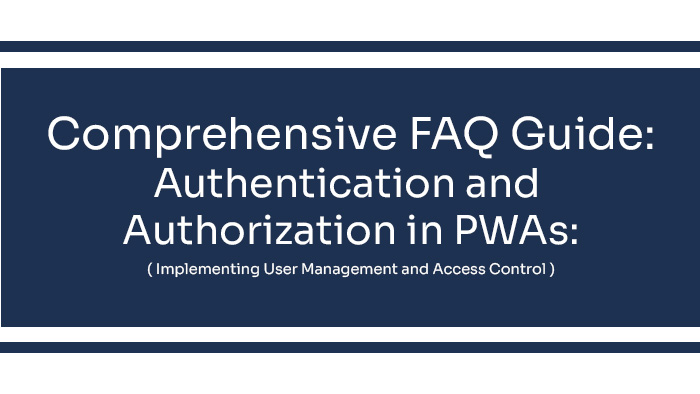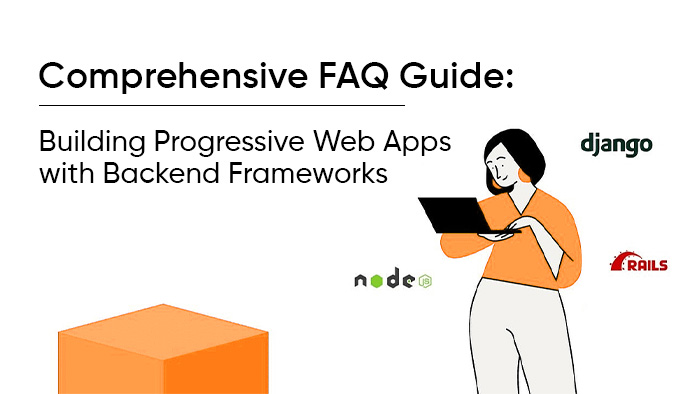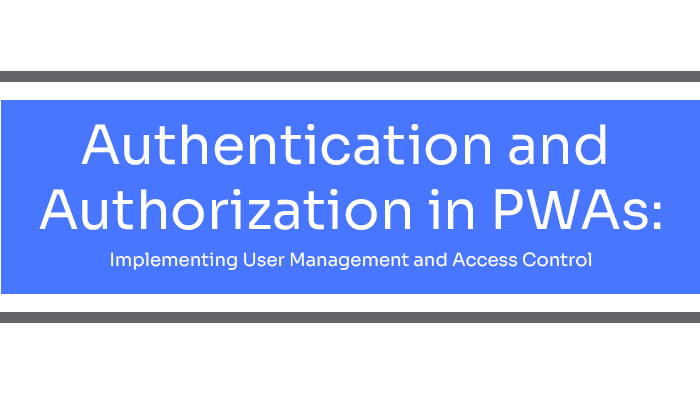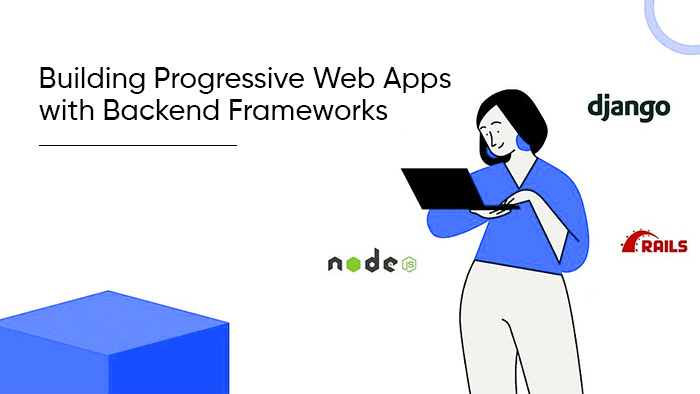
PWA Vs. Native App Development: Pros, Cons, and Use Case Considerations
According to recent data, the demand for mobile applications continues to grow rapidly, prompting businesses and developers to explore different approaches in app development. This article examines the pros, cons, and use case considerations of Progressive Web Apps (PWAs) versus native app development. By adopting an academic style that is objective and impersonal, this discussion aims to provide a comprehensive analysis of the advantages, benefits, limitations, user experience considerations, and development costs associated with both PWAs and native apps. Ultimately, this article aims to assist decision-makers in making informed choices between PWA and native app development based on their specific requirements. Key Takeaways PWAs provide a seamless user experience and can work offline or with poor network connectivity. Native apps offer high performance, functionality, and integration with device hardware and software features. PWAs have cross-platform compatibility, reducing development time and costs. Native app development requires separate versions for different operating systems and a deep understanding of platform intricacies. The Rise of Progressive Web Apps The




